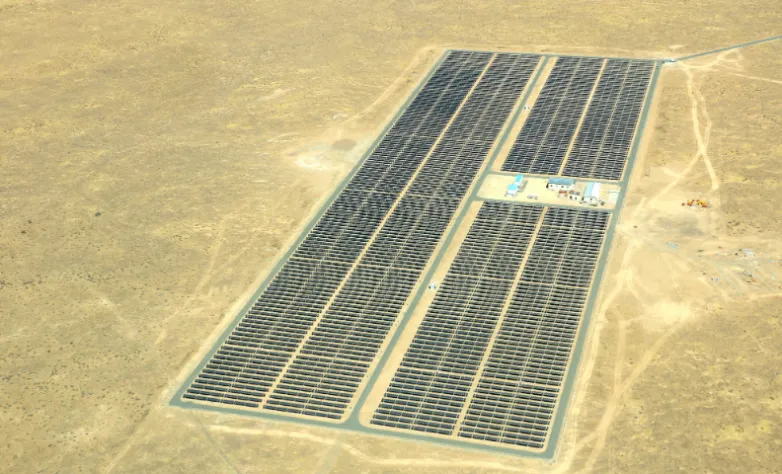Namibia launches EPC tender for 20 MW solar project
Oct 23, 2019 09:13 PM ET
- The nation’s Central Procurement Board, on behalf of utility NamPower, has announced a tender to select an engineering, procurement and construction services contractor.

The Namibian authorities have launched a tender to choose an engineering, procurement and construction (EPC) services contractor for the 20 MW Omburu solar project, according to documents published on the website of the Central Procurement Board of Namibia.
Interested contractors must pay a non-refundable fee to the procurement board, after which they may attend a site visit near the city of Omaruru on November 15. The procurement board and NamPower will accept submissions until January 31, at which point they will start reviewing bids.
NamPower first revealed plans for two 20 MW solar projects in August. At the time, the utility said it would own and operate one of the projects, near Omaruru, and the other would be publicly tendered. NamPower said it planned to invest NAD500 million ($34 million) in its facility, which is set for completion next year.
Second tender
It is not clear when the authorities will launch a tender for the other project, planned near the towns of Gobabis and Rehoboth in central Namibia. Total investment in the second project has been estimated at NAD400 million, with a targeted commissioning date of 2021.
The state-owned utility announced the projects as part of a plan to install 220 MW of renewables nationwide. In July, The Namibian newspaper reported NamPower planned to invest roughly NAD6.3 billion in power generation over the next five years. The nation imports around 60% of its electricity, although that figure spiked to more than 70% last year, the newspaper reported.
In September, the World Economic Forum’s Global Future Council on Energy revealed the governments of Namibia and Botswana had started discussing a plan to develop 5 GW of PV capacity over the next two decades. Namibia’s cumulative PV installation volume remains low, according to the International Renewable Energy Agency, at 79 GW last year, compared to around 2.6 GW in neighboring South Africa.
Also read

